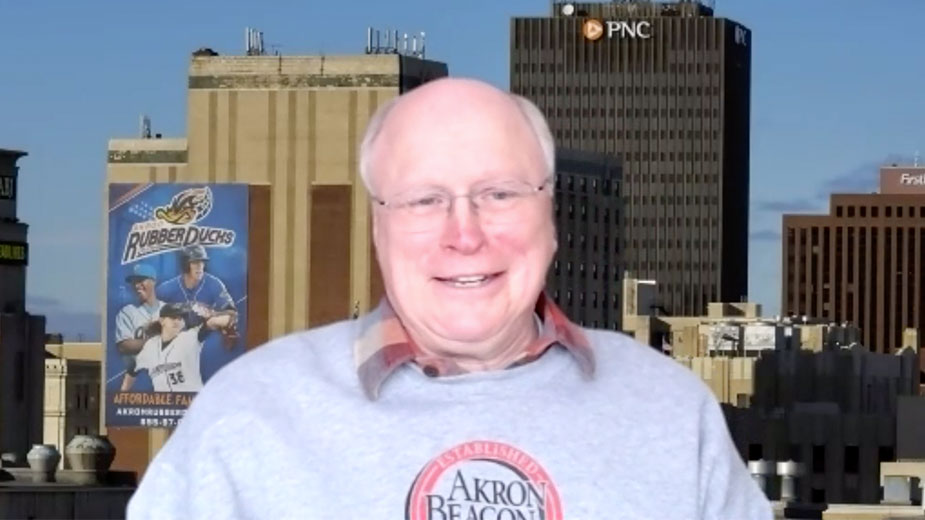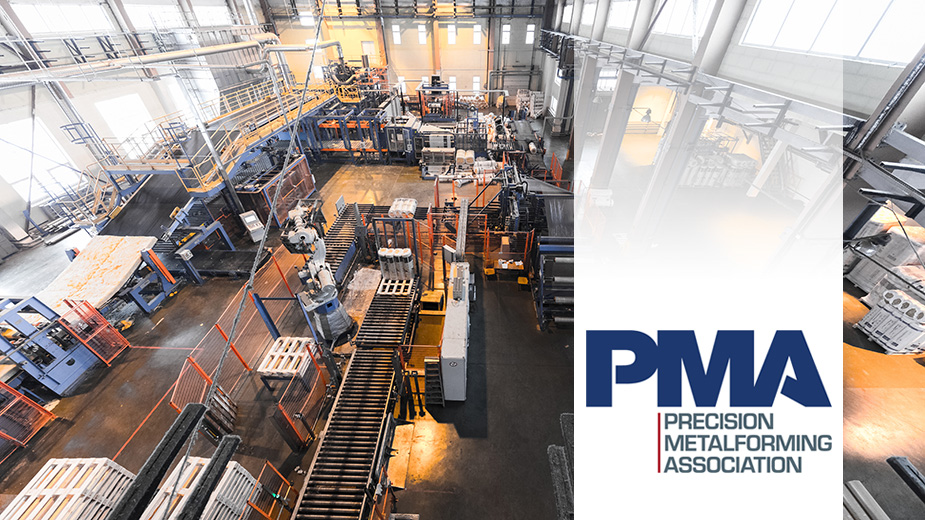Newspaper Vet Advises Newsrooms to Reinforce Community Connection
YOUNGSTOWN, Ohio — In 1986, the staff at the Akron Beacon Journal noticed something odd about the Goodyear Tire and Rubber Co.’s share price.
It turned out that Sir James Michael Goldsmith, a resident of Great Britain, was attempting a $4.7 billion takeover of Akron’s famous rubber company.
The coverage engulfed the city of Akron for 10 weeks. Anti-takeover legislation in Ohio, concerns over Goodyear’s future and a congressional hearing in November 1986 filled the pages of the newspaper. Citizens even began to buy stock in the company in attempts to block Goldsmith.
Goodyear accrued a significant debt but survived the takeover attempt. In 1987, the Akron Beacon Journal won a Pulitzer Prize for General News Reporting for its coverage of what came to be called “The Goodyear War.”
“We knew that we were connecting with the community,” said Bruce Winges, former editor of the Akron Beacon Journal. “The community depended on us for information, and that is the vitality and necessity of local news operations.”
For Winges, the Goodyear event highlighted the importance of local journalism. Years later, the advent of the internet created issues for traditional news rooms.
This week Winges spoke to the Rotary Club of Youngstown via Zoom During his talk, Winges addressed accurate reporting, conducting civilized political discussions, online revenue and the local news industry.
“Unfortunately with the internet, it’s so much easier to put yourself in your own media bubble and only hear what you want to hear,” Winges said.
Winges was the editor of the Akron Beacon Journal for 12 years – eventually retiring on March 1, 2019. He moved to Akron in 1982 after leaving the Huntington Herald-Dispatch in West Virginia.
As newspapers began to adapt to the digital era, media outlets thought advertising would support the costs of online reporting, he said. But the industry quickly discovered that the business model was flawed.
Companies like Facebook and Google entered into agreements with some media outlets, he said. Those companies created a system where they don’t have to create content, but still profit because of the ad system.
“With the news organizations, it’s starved us on the business side, where people want local news. They want local content,” Winges said. “And Facebook and Google and Twitter don’t have to pay any cost for that. They just use a platform to distribute it.”
Paywalls and subscriptions are the best way for media outlets to generate revenue online, according to Winges.
“I go to B&H Photo because I buy photo equipment, and I buy a lens or I buy a toner cartridge for my printer. And then all of a sudden I see ads popping up for what I just bought,” he said. “Tell me why that’s successful. Tell me why an advertiser is spending money on that.”
Winges says the local press could reinforce its connection to its communities by becoming more visual. Organizations like Your Voice Ohio help by creating dialogue between journalists and their communities, he said. Doug Oplinger, a former Akron Beacon Journal managing editor, is the project manager for the organization.
“The better people know you, the more trust they have in you,” Winges said. “You look at a CNN or a FOX or something like that, they say ‘They’re the media and they’re biased.’ But when you’re talking to a reporter in Akron or Youngstown, you see that person face to face and know that person is a member of your community.”
There are some concerns from Winges in regards to the health of local news. But while the newspaper industry mishandled online revenue, he said digital provided a variety of new opportunities unavailable in print such as interactive maps and photo galleries.
“One thing that hasn’t changed is the commitment to quality of journalism,” Winges said. “That storytelling has always been there and continues to be there in newsrooms like the Beacon Journal and so forth.”
Copyright 2024 The Business Journal, Youngstown, Ohio.



